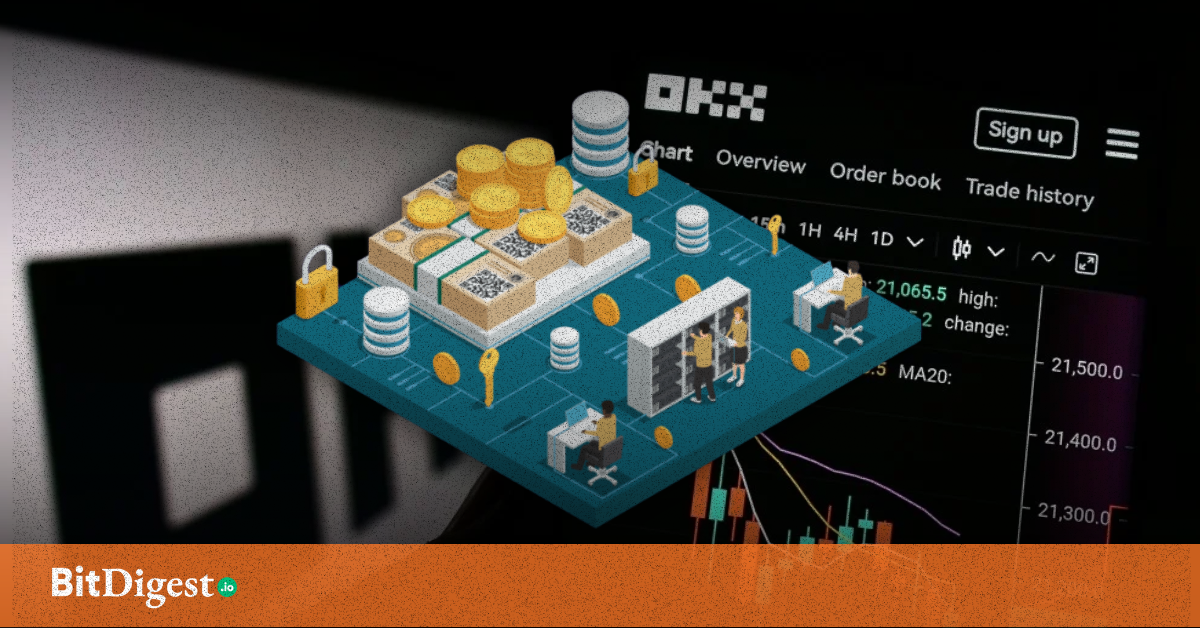Should You Trust Government Bonds With Your Money?
An Analysis of Maharlika vs PESO vs MP2
For many working Filipinos, especially in a post-pandemic economy marked by inflation, market uncertainty, and political tension, the appeal of “safe” investments has only grown stronger. In this search for security, government-backed financial products often rise to the top. After all, if the state is behind it, what could go wrong?
But not all government investment vehicles are created equal and not all of them are built with the everyday saver in mind.
As the newly created Maharlika Investment Fund enters the public discourse alongside more familiar options like Retail Treasury Bonds (commonly referred to as PESO bonds) and the Pag-IBIG MP2 savings program, the question becomes more specific: Which of these actually deserves your trust and your money?
A Look at the Options
The landscape of government-managed investments is broader than many realize, but for most individual savers, three options stand out: Maharlika, PESO bonds, and MP2.
The Maharlika Investment Fund is a sovereign wealth fund designed to support large-scale infrastructure and national development initiatives. It’s pitched as a long-term strategy to grow state wealth—but at present, it’s not even available to individual investors. Its funding comes primarily from government institutions, and its future returns remain largely speculative.
PESO Retail Treasury Bonds, on the other hand, are more accessible. These fixed-income securities are issued by the government through banks or digital platforms, and offer guaranteed interest over a period ranging from three to seven years. Their appeal lies in their stability, but they require savers to lock up their capital and settle for modest returns.
Then there’s MP2, a voluntary savings program under the Pag-IBIG Fund that has quietly gained popularity in recent years. With a minimum investment of just ₱500, tax-free dividends, and an average return of 6–7% in previous years, MP2 is seen as both practical and rewarding, particularly for wage earners, OFWs, and retirees looking for low-risk growth.
Government-Backed, But How Safe?
The assumption that a government-managed product is inherently “safe” deserves closer scrutiny.
MP2 has proven itself to be a consistent performer, delivering solid returns even during periods of economic instability. It’s backed by the Pag-IBIG Fund’s housing loan portfolio, which itself has a strong repayment history. It’s not flashy, but it works — and for many, that’s more than enough.
PESO bonds are equally low-risk but with lower upside. Investors can expect predictable interest payouts, but they must commit to holding the bond until maturity. This isn’t ideal for those who may need liquidity or higher returns, but it remains a solid option for conservative investors with spare capital.
Maharlika, meanwhile, is a different story. While technically government-backed, it’s still in its infancy, surrounded by questions over governance, transparency, and the politicization of its funds. It carries systemic risk and offers no current path for individuals to participate directly or benefit meaningfully from its performance.
Paolo, a small business owner from Cebu, considered putting some money into government bonds last year. “I saw news about Maharlika and thought, wow, this sounds big,” he said. “But I realized I didn’t even know where the money goes or if I could ever get anything back.” He ultimately went with a short-term PESO bond through his bank’s mobile app, prioritizing clarity over ambition.
Accessibility Is the Real Divide
Perhaps the biggest differentiator between these options is not return, but accessibility.
MP2 stands out as the most inclusive. With a low entry point, online enrollment, and flexible contributions, it’s designed with the everyday earner in mind. It’s not unusual to hear of teachers, drivers, and even sari-sari store owners using MP2 to build a small nest egg.
For Jessa, a public school teacher in Laguna, MP2 felt like the right place for her ₱10,000 year-end bonus. “It wasn’t money I needed right away, so I figured I might as well let it grow. MP2 was easy to sign up for, and I like seeing the balance go up every year,” she said.
PESO bonds are accessible to a degree—minimums usually start at ₱5,000 to ₱10,000—but the process tends to be more bank-centric, and less user-friendly for those unfamiliar with financial terms or platforms.
Maharlika, at least for now, is entirely out of reach for regular citizens. While public funds help finance it, there’s no direct investment mechanism for individuals. This disconnect raises a critical point: If taxpayers are helping to fund it, shouldn’t they be allowed to grow with it, too?
Michelle, an OFW in Qatar, puts it plainly: “We send money home every month, and part of that goes into MP2. It’s our way of saving for the future. But Maharlika? I don’t know how it helps us. It’s all headlines and politics.”
Who Really Benefits?
This question sits at the heart of the trust issue. While all three options are technically part of the government’s financial architecture, only two offer direct, tangible value to citizens.
MP2 delivers not just in returns, but in design. It’s made for people with modest means who want to grow their savings gradually. PESO bonds serve a different segment — those with more capital, longer horizons, and a preference for predictability.
Maharlika, for now, is an elite fund with a national mission, but few immediate benefits for the average Filipino. It may prove to be impactful in the long run—but that depends on transparency, performance, and whether it will eventually allow the public to share in its gains.
The Verdict: Trust, But Choose Wisely
So, should you trust government bonds with your money?
MP2 remains the strongest option for working-class and middle-income Filipinos looking for a safe, transparent, and rewarding savings tool. PESO bonds are a solid secondary option for those with more to invest and a long-term mindset. Maharlika, while ambitious, is best approached with cautious curiosity rather than personal capital—for now at least.
In the end, “government-backed” should never be mistaken for guaranteed value. Trust is earned through access, clarity, and results.
.svg)


.svg) SHARE TO FACEBOOK
SHARE TO FACEBOOK SHARE TO TWITTER/X
SHARE TO TWITTER/X SHARE TO LINKEDIN
SHARE TO LINKEDIN SEND TO MAIL
SEND TO MAIL





.svg)


.svg)